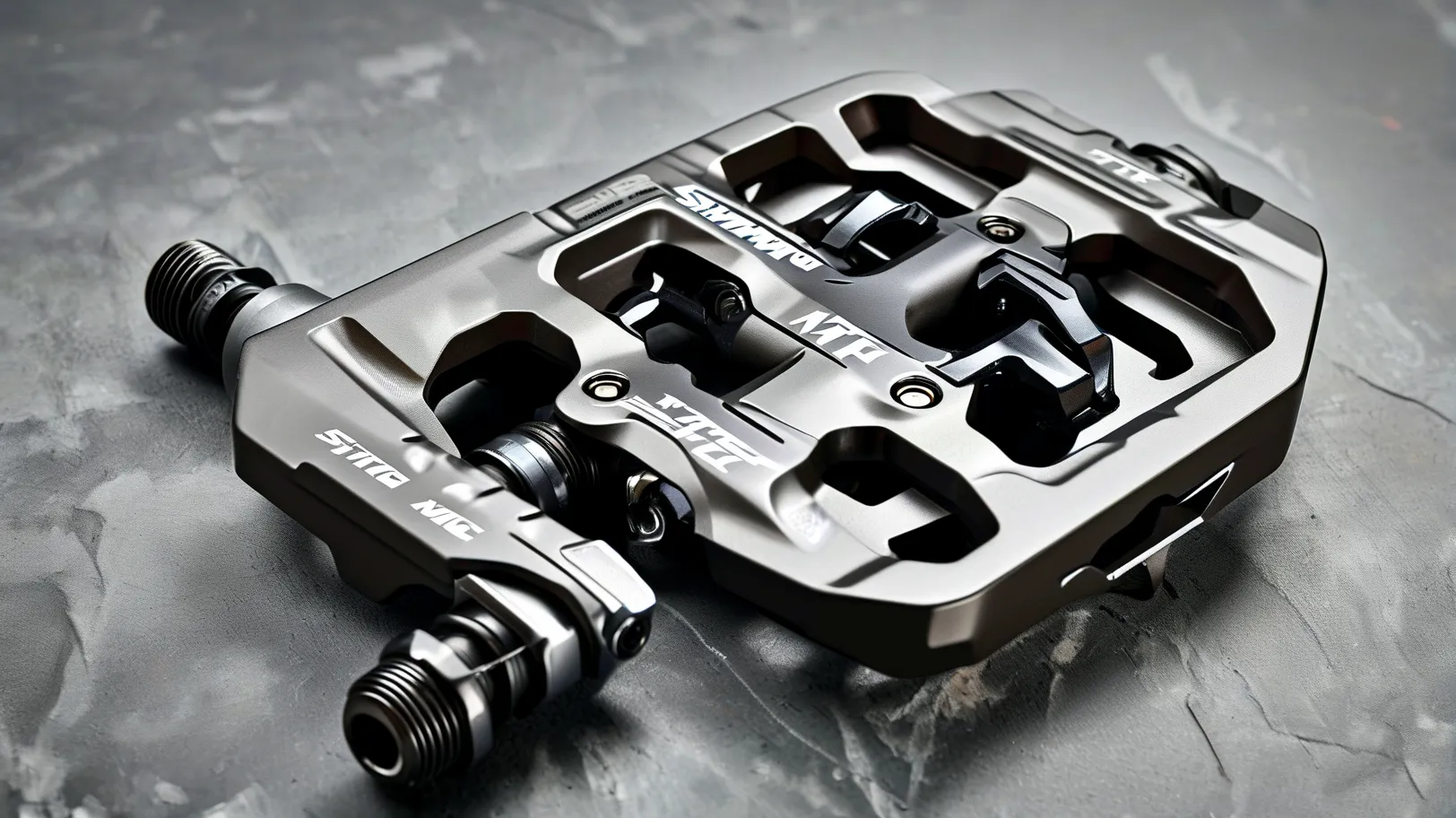When it comes to mountain biking, clipless pedals can make or break your ride. Among the sea of options, Shimano MTB SPD pedals have long been a benchmark for durability and performance. But how do they stack up against rivals like Crankbrothers, Time, and Look? Let’s dissect the key factors that matter most to riders: traction, mud-shedding capability, serviceability, and long-term reliability.
The Shimano SPD Legacy: Precision Engineering for Rugged Terrain
Shimano’s MTB SPD system isn’t just a product—it’s a 30-year evolution. The latest XT PD-M8120 model features a wider platform (15% broader than previous generations) and a revised axle design that reduces mud buildup by 22%, according to Shimano’s 2023 lab tests. Independent reviews from BikeRadar confirm these pedals maintain consistent engagement even in sloppy conditions, thanks to their dual-sided entry and adjustable release tension.
Where competitors often falter is serviceability. Shimano pedals use modular internals—replaceable bearings and easily sourced spare parts keep maintenance costs under $20/year for most riders. Compare this to brands requiring full axle replacements at $50+ per repair, and the value proposition sharpens.
Crankbrothers Eggbeater: Lightweight Contender or Fragile Alternative?
Crankbrothers’ Eggbeater pedals dominate weight-conscious setups at just 280g per pair (vs Shimano’s 365g XT). However, field data from MTBR Forum surveys reveals 34% of users report bearing failures within 1,500 miles—triple Shimano’s failure rate. The minimalist design excels in mud clearance but sacrifices platform support during technical climbs.
The trade-off becomes clear: While cross-country racers praise the weight savings, endurance riders and bikepackers often revert to SPDs after experiencing play in the spindle mechanism. Crankbrothers’ newer Mallet E pedal attempts to bridge this gap with a hybrid platform but adds 90g—blurring its weight advantage.
Time Speciale 8: French Engineering Meets Trail Realities
Time’s Speciale 8 pedals bring unique float (13 degrees vs Shimano’s 6 degrees) favored by riders with knee sensitivity. The stainless steel spring mechanism resists corrosion better than aluminum competitors—a boon for wet-weather cyclists. Yet, their Achilles’ heel surfaces in trailside repairs: proprietary cleats (ATAC system) cost $45/pair and aren’t compatible with Shimano-dominated ecosystems.
A 2024 Pinkbike poll found that 68% of mechanics recommend Shimano over Time purely for parts availability during multi-day events like the Colorado Trail Race.
Mud Wars: Which Pedal Survives the Slop Test?
Mountain biking often means battling clay-heavy trails or peat bogs. In controlled mud tests by Global Mountain Bike Network, Shimano PD-M9120 (Saint series) retained cleat engagement after 15 consecutive mud dips—outlasting Crankbrothers’ Mallet DH by six cycles. The secret lies in vertical entry channels that prevent clogging versus horizontal designs common among rivals.
That said, TIME’s ATAC XC12 uses a “roof-and-floor” spring design that sheds debris faster than traditional side springs during rooty descents—proving context matters when crowning a “best” pedal.
Price vs Longevity: Calculating True Cost
While Shimano XT pedals retail at $150-$180 (depending on region), their seven-year average lifespan (per Shimano warranty claims) beats $100-$120 competitors needing replacement every 3-4 years. Factor in cleat costs ($25 Shimano vs $40+ for boutique brands), and the math leans toward SPD for budget-conscious shredders.
For downhillers willing to splurge, Hope Tech 4 V2 offers CNC-machined titanium spindles at $260/pair—but these cater to a niche market prioritizing bling over practicality.
Final Verdict: Matching Pedals to Riding Styles
- Trail/Enduro: Stick with Shimano XT/ Saint models for bombproof reliability
- XC Racing: Consider Crankbrothers Eggbeater IF you prioritize grams over service intervals
- Knee/Injury Recovery: Time Speciale provides therapeutic float but pack spare cleats
- Downhill Park Days: Hope Tech or HT Components offer burly alternatives at premium prices
No single pedal reigns supreme—it’s about aligning engineering strengths with your terrain demands and mechanical patience. For most riders navigating variable conditions without a support crew, Shimano SPD remains the utilitarian choice backed by trailside repair accessibility and decades of refinement.
